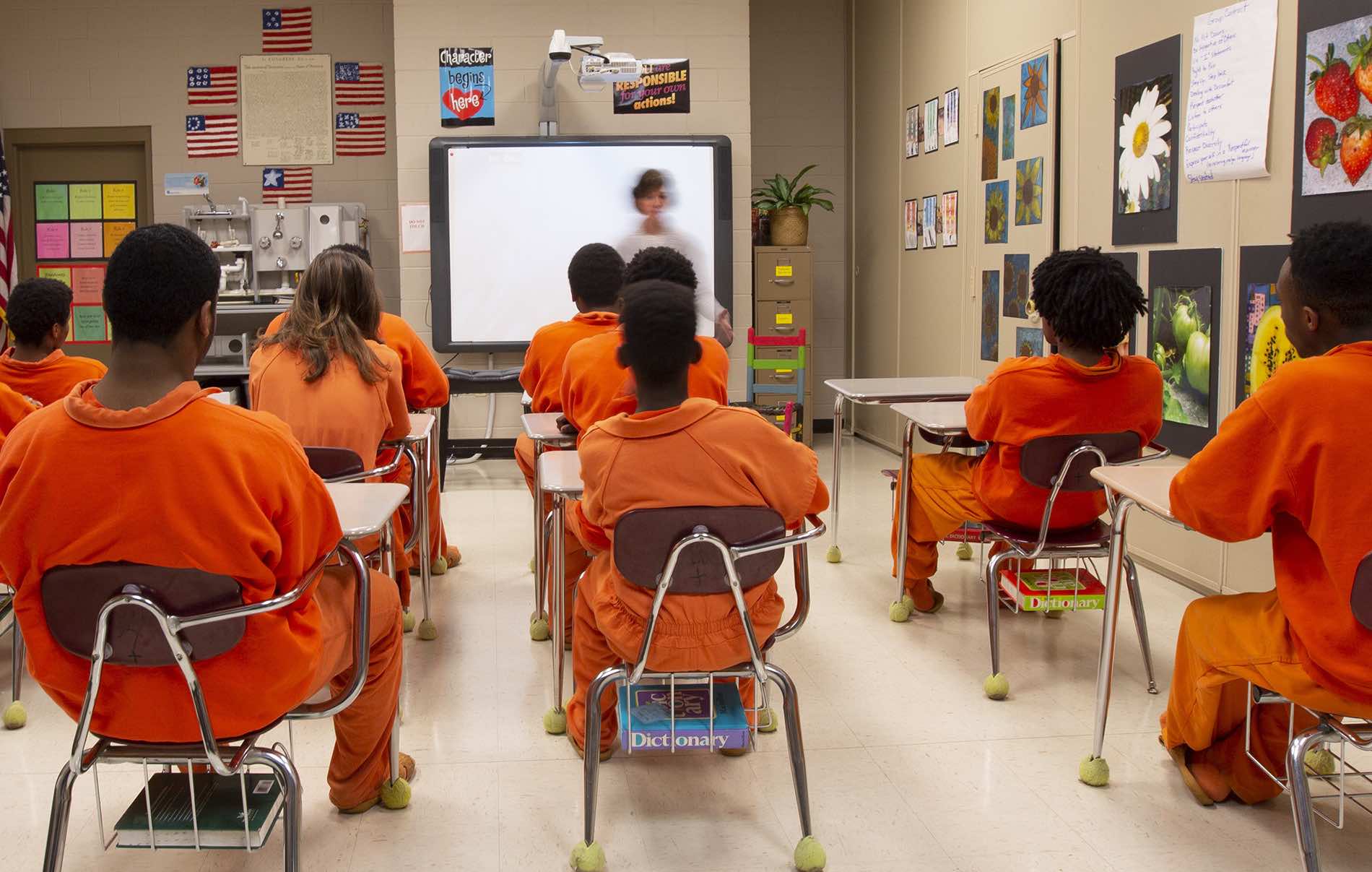The following information on John Williams is excerpted from the Berklee Online course The History of Film Music, written by Jack Freeman, and currently enrolling.
It’s hard to overstate the importance of the career of John Williams in the history and evolution of film music. At 93 years old, he is still composing and conducting to this day. His iconic filmography includes blockbuster film series such as Jaws, Indiana Jones, Jurassic Park, Harry Potter, and of course, Star Wars. Scroll to the bottom of this article to listen to a playlist of just some of the magnificent music that John Williams has shared with the world throughout his illustrious career.
John Williams composed the score for all nine of the primary Star Wars films, spanning three trilogies from 1977 to 2019, among many other Star Wars projects. In honor of Star Wars Day on May 4 (may the fourth be with you), we’ll explore how John Williams and his music became such an essential aspect of the beloved franchise.
The John Williams Sound
John Williams’s neoclassical approach combines elements of classic Hollywood composers (Max Steiner’s leitmotifs and physical action, Alfred Newman’s lush string writing, Erich Wolfgang Korngold’s heroic fanfares, and Bernard Herrmann’s suspenseful ostinati) as well as Americana concert composers (such as Aaron Copland and Howard Hanson), and even some of the jazzy piano-based scores of Henry Mancini.
STUDY FILM SCORING WITH BERKLEE ONLINE
He is a product of his time, and he found the right collaborator in Steven Spielberg; the two represent one of the most productive director/composer relationships in history. Spielberg and George Lucas both aimed to make films that paid tribute to the types of movies they had grown up watching—the swashbucklers of Errol Flynn, episodic serials such as Flash Gordon and The Lone Ranger, and the fantasy films of Walt Disney. Williams was able to tap into the spirit of these classic genres with his expressive orchestral scores, and his music became an indispensable part of some of the most popular films of the era.
Early Career
John Williams performed as a studio musician at the start of his career, playing on sessions for Alfred Newman, Jerry Goldsmith, and Henry Mancini (including some for the successful soundtrack to the Peter Gunn television series). Williams originally went by the name “Johnny” in order to keep from being confused with a famous classical guitarist, also named John Williams. Some of his first projects as a composer included many popular adventure television programs, such as Lost in Space, Land of the Giants, and The Time Tunnel. It was through his television work that Williams became associated with the influential producer Irwin Allen.
Allen produced a series of epic disaster films in the 1970s (these were a type of “make work” project for older Hollywood stars who were having a hard time being cast in newer films), and Williams became his composer of choice in films such as The Poseidon Adventure (1972) and The Towering Inferno (1974). These led to other similar films (Earthquake, 1974; Black Sunday, 1977) as well as the aforementioned Steven Spielberg thriller, Jaws, in 1975. Williams also gained public acclaim, along with his first Oscar, for an adapted score to the film version of the Broadway classic Fiddler on the Roof in 1971.
Star Wars
John Williams’s work with Spielberg earned him a recommendation to producer/director George Lucas, who was about to film a project that drew inspiration not only from the classic heroic adventure films of the 1930s and 1940s but also included elements of World War II aerial dogfights, romantic comedy, Japanese mysticism, and Arthurian legend. Star Wars (1977), later subtitled Episode IV: A New Hope, was a prime example of the postmodern movement; any and all sources were drawn upon for creative inspiration.
Much as he had done in Jaws, Williams took a motific approach, creating themes for all of the main characters (and for some themes and ideas in the film, such as the Force) and opening with a Korngoldian heroic fanfare. The score definitely pays tribute to the operas and tone poems of Wagner and Richard Strauss, as well as to the textures and orchestration of Gustav Holst. The movie took the world by storm, spawning multiple sequels and imitators, and it re-legitimized the effort and expense of the large orchestral score.
Star Wars contains several action sequences, many of which show off Williams’s physical approach to scoring as his music closely follows the development and visual sync of the situation.
A New Hope
The next clip features one such scene, as our heroes have just escaped the Empire’s Death Star aboard the Millennium Falcon (thanks to the noble sacrifice of Jedi Master Obi-Wan Kenobi). The ship is being pursued by enemy TIE fighters, and Luke Skywalker (Mark Hamill) and Han Solo (Harrison Ford) take to the gun turrets in order to destroy them.
Williams’s task here is to create excitement and to support a lot of the visual action we see while subtly building suspense up to the climactic moment of release when the last ship is destroyed. Williams uses shifting accents and meters to suggest much of the action and keep us a bit off-balance.
STUDY FILM SCORING WITH BERKLEE ONLINE
From time to time, he refers to the opening fanfare, but for the most part he uses a repetitive ostinato figure based around the whole-tone scale, which modulates upward with each repetition. This approach subconsciously builds suspense in a simple but effective way.
Original Trilogy
Once the original Star Wars became a commercial success, George Lucas was able to pursue his larger vision of a multifilm epic based around the Skywalker family and the character of Darth Vader. His original concept was a nine-movie arc, with the first film in the middle of the story. This gave John Williams the unusual opportunity to expand and develop his themes over a longer period of time while still adding new ones with each successive film, much as Wagner himself had done in his Ring Cycle of operas in the nineteenth century. The first trilogy of Star Wars films, scored by Williams, was completed by 1983 with the release of Return of the Jedi, preceded by 1980’s The Empire Strikes Back.
Prequel Trilogy
Lucas produced a second trilogy of Star Wars films between 1999 and 2005, and again all were scored by Williams, who by now had become inextricably connected with the popular franchise. These were prequels to the original film, and they revealed the origin and tragic fall of Anakin Skywalker/Darth Vader. In this group of films, the composer was not only able to refer to themes he had previously established but also to simplify some of them—most notably the Imperial March, which also serves as Darth Vader’s theme, as we meet the young, innocent boy who will later grow up to become the primary villain of the series.
Attack of the Clones
In the following clip, taken from Attack of the Clones (2002), the second of the prequel films, Anakin has returned to his homeworld of Tatooine to search for his mother only to find out that she has been kidnapped by the barbaric Tusken Raiders. You’ll hear Williams refer to Obi-Wan’s theme from the original 1977 film (also associated with the Force), the Duel of the Fates theme from 1999’s The Phantom Menace.
John Williams, the Pop Culture Icon
The final Star Wars-related material we’ll present here shows how influential the film and its franchise have been to popular culture. Even as the film itself was a product of the postmodern movement, it, too, has now become a rich source of inspiration for more recent artists of all kinds. The next clip takes a tongue-in-cheek look at Star Wars as interpreted by the successful animated TV series Family Guy, produced by writer/director Seth MacFarlane. The music you’ll hear (at least most of it) comes directly from Star Wars, composed by John Williams; the clip is evidence of how Williams himself has gone on to be a pop culture icon (and that he still possesses a sense of humor!).
There’s no denying the impact that the Star Wars phenomenon had on film culture, particularly the influence John Williams’s neoclassical compositional style had on the composers and scores that followed. This includes iconic music he would compose for other films such as the Indiana Jones, Jurassic Park, and Harry Potter franchises, as well as standalone films like Schindler’s List, E.T.: The Extra-Terrestrial, Superman, and more.
This mode of writing continues to be important today, as it’s become standard to expect a large operatic/symphonic score for blockbuster adventure films of every kind (ranging from historical dramas and science fiction films, like Horner’s scores for Titanic and Avatar, to fantasies like Howard Shore’s Lord of the Rings and Hobbit trilogies). Film music itself has crossed over to become a vital part of the orchestral repertoire, thanks to Williams.
STUDY FILM SCORING WITH BERKLEE ONLINE












